Easy guide through the MIS maze
A good MIS system can provide detailed customer history, stock control, production control, customer relationship management and management accounts information. Sriram Selvam finds out
02 Jun 2010 | By Sriraam Selvam
WHAT IS MIS? The acquisition and utilisation of ERP/MIS in print organisations have gained importance in the last decade. Awareness has ascended but a mind block about the practicalities which lingers in many minds. The primary goal of an ERP and MIS system is to eliminate manual errors and to ensure comprehensive control by integrating all the organisation’s departments. This will enable the company to facilitate information flow and quicker decision making. An MIS is triggered by an ERP which is classified into modules of functional areas. An MIS system in an organisation is a management tool. It can provide detailed customer history, stock control, production control, customer relationship management (CRM) and management accounts information. Once implemented, an MIS could help speed up and add integrity to the jobs coming in and out of your factory. Apart from thinking solely about investments in standard hardware, such as presses and finishing equipment, more printers are starting to realise how investments in this type of software can benefit them. PrintWeek India examines the leading solution providers and their wares. |
Infosense: Shuttleworth
Solution offered MIS software provides an integrated solution to the graphic arts industry through an integrated scalable solution and enables users to optimise output from resources ultimately resulting in bottom line improvement.
The modules available are CRM, estimation, costing, invoicing and reports, stock control, purchase order processing, sales order processing and dataflow which assists in pattern and trend analysis.
One of the world's leading database technologies, progress OpenEdge database platform is used to provide huge robustness and scalability allied to its low cost of ownership. Latest toolsets to develop the product are deployed. This includes: NET, Visual Basic, VisualC++, 4GL and XML.
Implementation framework The implementation is phase wise with the core module taking an average of 15 days of implementation and training depending upon the team. Trial run will be done before going live with the system. The complete implementation of all modules is ideally 25 to 30 days and stretched over four to six months wholly subject to co-ordination from the user and the competency of the team.
Competency of the user team, attrition in the team that result in re-training, gap in the continuity of the usage of the system and time taken to adapt to a newer practices were identified as common implementation roadblocks. 85% success ratio of implementation is stated by Shuttleworth.
Customisation An acceptable level of customisation is carried out during implementation and the costing for the same is built into the cost of implementation.
Pricing No details about pricing provided.
USP Worldwide reputation, state-of-the-art technology, advanced process methodologies.
Web enabled Yes.
Cost tracking system Yes, progressive variance.
Troubleshooting turnaround time Same day as query.
Web2print/JDF option Both options successfully implemented in India.
Param Technologies: SpeedPEQ
Solution offered Open front, modular, integrated ERP system that can accommodate every operation, every process and transition flow of information in a print organisation. Job card, inventory management, production, planning and scheduling, sales and marketing, human resources management, CRM, quality control and line clearance, packing and dispatch, accountancy or link to account software, web applications and add-ons, MIS reports, data mining and business intelligence are the major modules of the ERP suite.
A multi-architecture system, the suite is developed to work in the software as a service (SaaS) model and employ specialised artificial algorithm for estimation along with state-of-the-art reporting tools.
Implementation framework The goals and objectives of business in SRS (software requirement specifications) to cover document conventions, project scope, overall description (product perspectives, product features, operation environments etc), system features (description and priority, response sequence, functional requirements and features, external interface requirements (user interfaces), hardware, software and communication interfaces and other non-functional requirements (performance, security, software quality attributes) are defined and becomes the procedural basis for implementation.
Fear about computer, opposition to sharing with authorities and fear of performance accountability are the roadblocks. Param claims 100% success rate.
Customisation Primarily carried out to make all levels of client user ‘feel at home' by modifying reporting and information formats to their needs. The module also turns business demands to meet specific practices of a client which is charged on case-case scenario.
Pricing The solution is available in SaaS model but no specific pricing information has been provided.
USP Flexible pricing model, open front technology, an ERP solution.
Web enabled Yes.
Cost tracking system Yes, continuous.
Troubleshooting turnaround time Instant (10-15 minutes, online).
Web2print/JDF option web2print available.
Renuka Softtec: Smart Planner
Solution offered With focus on their estimation tool, the ‘Smart Planner' the MIS suite consists of various modules including purchase, production, stores, QC, job tracking etc. The solution is developed using a two-tier architecture (server-client) with VB and VB.net for the user interfaces (UI) and MySQL for the back-end database.
Implementation framework This crucial phase of system change process includes an initial requirement analysis, proper SWOT(R) analysis followed by charting a training schedule. The team at Renuka Softtec carry out implementation module-wise. They starts from the estimation module. The company claims 95% success for all its implementation. There were no details provided on common roadblocks while implementation.
Customisation The solution provider states that there would be minimum customisation required primarily with respect to reporting (if any).
Pricing The Smart Planner Estimation is priced based with user licenses at Rs 1 lakh for multi-users.
USP Low cost, estimation module.
Web enabled Yes.
Cost tracking system: Yes.
Troubleshooting turnaround time Instant through web.
Web2print/JDF option NA.
Soham Technologies: Printsoft
Solution offered Printsoft is a MIS software developed with an objective to automate processes, and create a paper-less workflow. This enables it to streamline supply chain and empower the management with decision and future plans.
The logical modules include costing and estimations, order management, planning and scheduling, material, manpower, machinery management, invoicing and reporting. The solution is developed in VB and ASP.net and works with MS Access/SQL back-end.
Implementation framework Average implementation duration is defined as four-six months with a phased procedure being followed. 70% success rate in implementation is recorded by the service provider. Resistance to change added with lack of patience to breakthrough were pointed out as common roadblocks to implementation.
Customisation 80% compatibility to every organisation requirement is claimed by the service provider thereby minimizing customisation needs.
Pricing No details about pricing provided.
Web enabled Yes.
Cost tracking system It has continuous tracking.
Troubleshooting turnaround time Instant through remote support.
Web2print/JDF option NA.
USP Emphasis on workflow and automation, flexible back-end options, comprehensive resource management.
IN HOUSE MIS: PARKSONS GRAPHICS
Parksons Graphics began developing its MIS in 2000. Over the years, they added functionality and integrated it with their processes. Animesh Kejriwal, director at Parksons Graphics and an IT specialist says: A homegrown MIS is a huge advantage in the level of customisation that one can achieve. But it requires upkeep. Due to our strength in IT, we are able to keep up with the maintenance and improvements required as well. Animesh Kejriwal (above in the pix) talks about the homegrown MIS.
Our printing press is networked through the ERP. This means, quotations, job specifications, production, packing, delivery, invoicing, store management, inventory management is done through ERP. More importantly we have added features specific to our needs - which are not available in existing solutions. This ability gives a boost in efficiency and organisation. Our ERP is a desktop based client server architecture using MySQL running on Linux Servers.
Is it an ERP or a MIS system? Well, we haven’t consciously tried to position it as either - but merely to make our processes simpler, faster and clearer.
Since the software has been homegrown, we could do the implementation at our own pace. We began with job dockets, moving to dispatch and then invoicing. An important criteria is to demonstrate the benefits of using the system to the staff. Once the advantages are clear, people take a lot of initiative to learn and feed the system.
Since every print operation is different. We have a prioritised feature list and bug list that the developers work with. The feature lists are built to address requirements and issues faced by the various departments.
We believe that implementation should be a slow and steady process. You will find ERP vendors giving a timeline commitment for the implementation. This forces them to rush through putting the modules in place.
Whether Parksons’ MIS permits automatic updates on a web enabled system ... I must say we have our own custom-built automatic update system.
Does our MIS have an intelligent tracking system to verify money loss on a job while producing a job ticket? I can say, we analyse costs incurred on a job after completing the job. However, we have found that such an analysis is strictly indicative and not absolute as it does not convey the whole picture.
What is the future of MIS in India? I think it is, JDF, web to print. Both are powerful technologies but like ERP, the key is in the implementation.


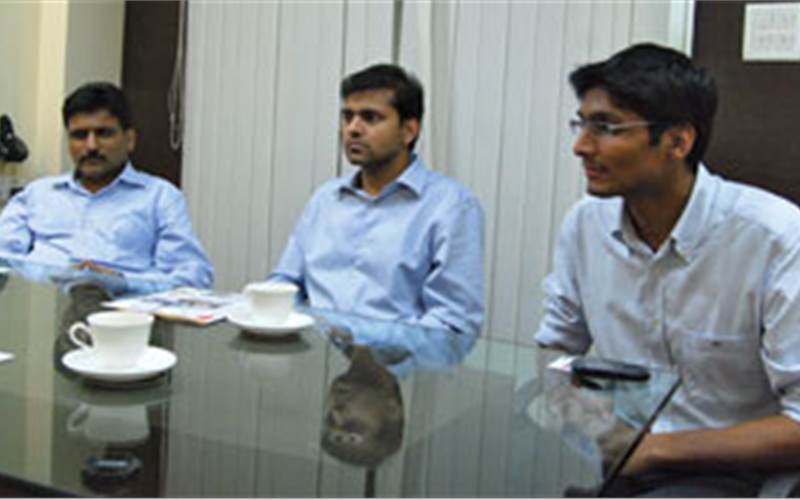
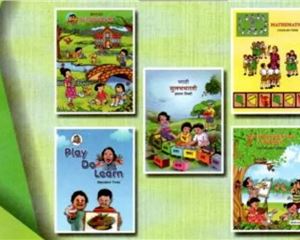
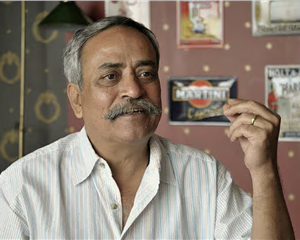

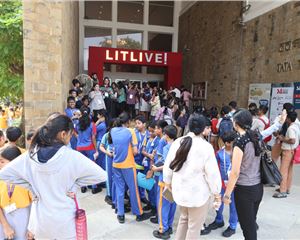
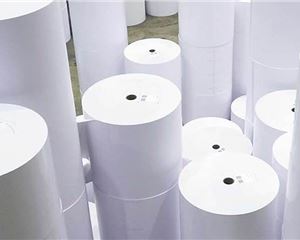
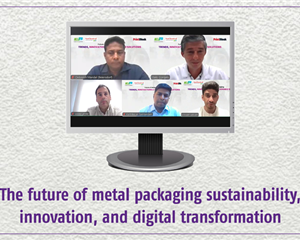

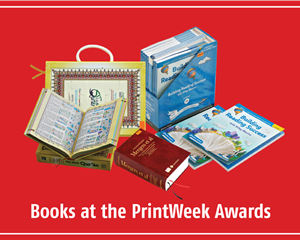

 See All
See All